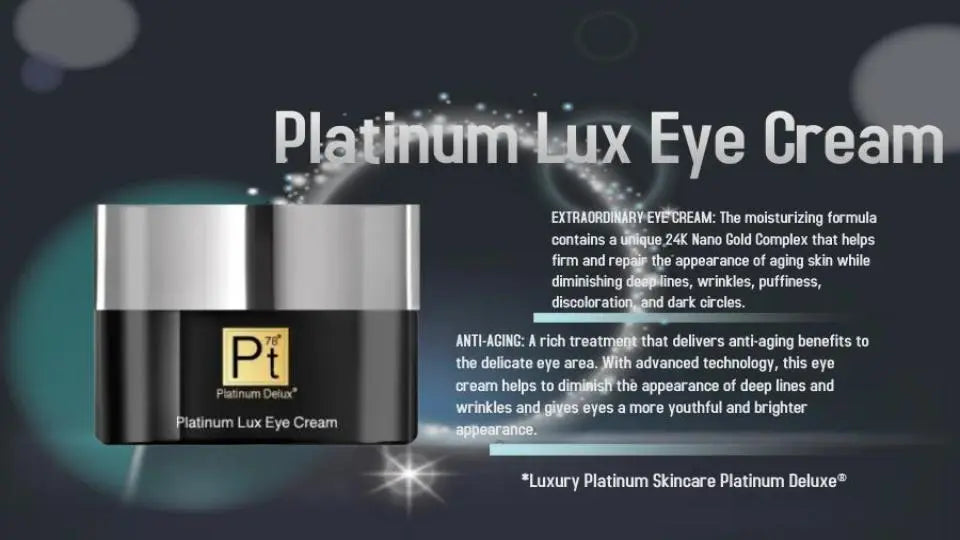
What to Know About Your Skin Barrier and How to Protect It
What to Know About Your Skin Barrier and How to Protect It
- If you're reading this article then chances are you've been experiencing some of the above symptoms. Don't worry, it's not cause for alarm
- it's just that your skin may be telling you that something is happening to its protective barrier.
How can you tell if your skin barrier is damaged?
1. Dry, scaly skin
One of the first signs may be unusually dry or flaky patches on the surface layer of skin. This can happen for a variety of reasons, such as dehydration and winter weather aggravating dryness in otherwise normal individuals or from chronic conditions like atopic dermatitis and psoriasis where dryness is a key feature of the condition.
2. Itchiness
The second symptom may be itchiness, which can be easily confused with dryness however there is a difference between the two. Itchiness tends to progress, worsening throughout the day, whereas dry skin is more static — however if you scratch at your skin then you'll soon discover that it can actually get more inflamed and more flaky as well.
3. Rough or discoloured patches
The third symptom is rough streaks or discoloration of your skin's surface layer that does not go away after a few days of moisturising (or sometimes even weeks). This can happen for a variety of reasons, namely trauma from environmental exposures (e.g. wind, sun) or other skin conditions such as eczema, psoriasis, contact dermatitis and lichen planus.
4. Acne
The fourth symptom may be the formation of acne lesions on your skin's surface layer. Keep in mind that this can happen for a variety of reasons — however it is often attributed unnecessarily to damage to the skin barrier itself.
5. Bacterial, viral or fungal skin infections
The fifth symptom may be a skin infection such as a bacterial or viral infection (e.g., dermatophytosis), which then leads to inflammation and itching and possibly eruptions that are often confused with acne lesions on the skin's surface layer.
6. Sensitive or inflamed areas
The sixth symptom is easy to overlook because it doesn't have that distinct "redness" associated with inflammation. Rather, it is more likely to be a raised bump or sore that starts clear before changing colour and becoming inflamed. This may occur as the result of a skin irritant, such as a contact dermatitis from chemicals or even from something as simple as penile friction (e.g., due to poor hygiene).
7. Inability to heal wounds
If you are experiencing any of the symptoms listed above then the last thing you want to worry about is whether or not you're going to get better at the same rate if you operate on those wounds.
HOW TO REPAIR YOUR SKIN BARRIER?
Skin barrier is the thin, waterproof layer that surrounds our body and keeps us hydrated. Our skin barrier is composed of three layers: the stratum corneum (outer layer), lipid bilayer (middle inner layer) and the epidermis(inner layer). You can read more at Platinum deluxe Blogs.
Our skin plays a huge role in protecting us from microbes, allergens and irritants. The moisture content in our epidermis determines if we have an intact or leaky skin barrier. If we have a leaky or disordered skin barrier then microbes, allergens and irritants can enter through this thin film into the deeper layers of our body. Damage to our skin barrier can also lead to environmental allergies.
Our skin barrier and its maintenance are very complex processes. Repair of a damaged or leaky skin barrier is not easy and normally involves a specialised treatment. If you want to repair your own damaged or leaky skin barrier then do the following:
- Try moisturisers containing chronically acid, petrolatum or glycerin2. Look for formulations that include ceramide3. Try a plant oil to replenish your skin barrierDone this? What results have you seen?
Do we really need moisturisers? Let's look at science.
In the winter, some people will experience dry skin. 'Dry skin' is not really dry skin, it is actually a disordered or damaged skin barrier caused by a lack of moisture in the epidermis. Moisture in our epidermis is normally slightly acidic (pH 4-5). Our lipid bilayer (middle inner layer) has a natural ability to attract and hold onto water molecules. It is this water molecule configuration that keeps our skin healthy and gives us soft supple skin. If we have 'dry' or damaged skin then this acid mantle function of our epidermis has been disordered and cannot attract moisture into the epidermis. This is basically a wet barrier.
There are two different ways to repair your damaged or leaky skin barrier. You can use prescription emollients (such as moisturisers) or you can use ingredients found in many beauty products (such as ceramide). An ingredient that is commonly found in skin care products is ceramide, which is also known as sphingosine 1-phosphate or the 'S' molecule. Ceramides are naturally created in our bodies from cholesterol. They are similar to cholesterol with the key difference being that cholesterol needs to be converted into ceramides by enzymes before they can be used.


